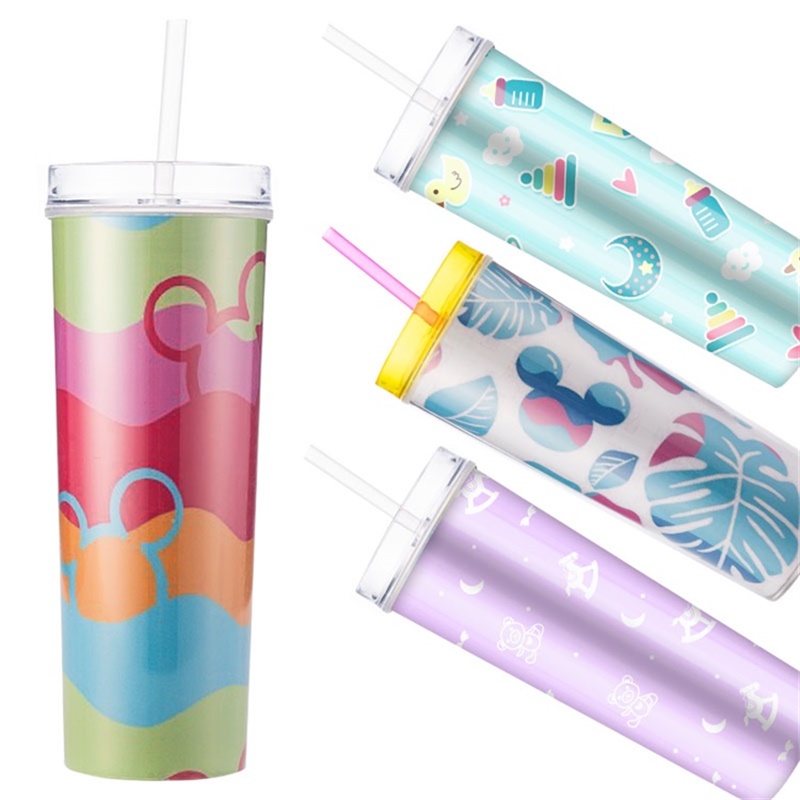Beer is one of the world’s oldest and most widely consumed alcoholic beverages, bringing people together, fostering conversation, and creating lasting memories. But, have you ever stopped to think about what happens to all those empty beer bottles when the last drop of beer is consumed? In this blog, we explore the fascinating process of how beer bottles are recycled, revealing the remarkable journey they take to create a more sustainable world.
1. Collection:
The recycling journey begins with collection. Empty beer bottles are often recycled from recycling bins in pubs, restaurants and other venues, as well as homes. However, it is important to ensure that the collected bottles are free of any contaminants such as residual liquid or food particles. The bottles are then divided into different categories based on color, which mainly includes amber, green and clear glass.
2. Classification and cleaning:
Once collected, the beer bottles undergo a meticulous sorting process. Automated machines separate bottles by color because different colors require different handling during the recycling process. This ensures that the glass is efficiently recycled into new products.
After sorting, the bottles enter the cleaning stage. Remove any remaining labels or adhesives and thoroughly clean the bottles using a high-pressure water jet to eliminate any remaining contaminants. Once cleaned, the bottles are ready for the next step in the recycling process.
3. Crushing and melting:
Next, the sorted and cleaned beer bottles are crushed into small pieces called cullet. The pieces are then fed into a furnace where they undergo a melting process at extremely high temperatures, usually around 1500°C (2732°F).
Once the glass reaches its molten state, it is shaped according to its intended use. For recycling, molten glass is often molded into new beer bottles or converted into other glass products such as jars, vases, and even fiberglass insulation.
4. New beer bottles or other products:
To produce new beer bottles, molten glass is poured into molds, creating the familiar shape we all associate with beer bottles. The molds are carefully designed to ensure uniformity and strength, ensuring that each new bottle meets industry standards.
Alternatively, if the recycled glass is used in other products, it can be shaped accordingly. Glass’s versatility allows it to be transformed into everything from tableware to decorative items.
5. Distribution:
Once the recycled glass is made into new beer bottles or other products, they undergo thorough quality inspections to ensure they meet industry standards. After passing these checks, the bottles can be distributed back to the brewery, completing the sustainability cycle. These recycled beer bottles can be filled with your favorite craft beers, ensuring your love of beer doesn’t come at the expense of the environment.
The process of recycling beer bottles is a testament to the extraordinary journey these seemingly insignificant items take. From collection to distribution, every step contributes to a more sustainable world by reducing waste, conserving energy and protecting natural resources. So next time you enjoy a cold beer, take a moment to appreciate the complex recycling process behind empty beer bottles and remind yourself of the impact small actions can have on the well-being of our planet. cheers!
Post time: Sep-25-2023
